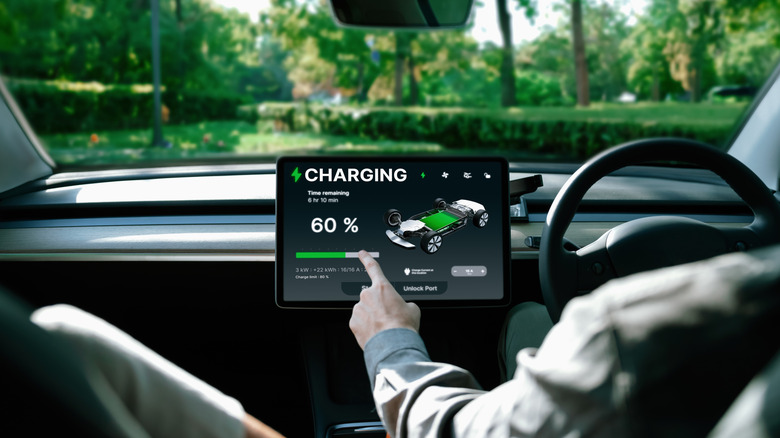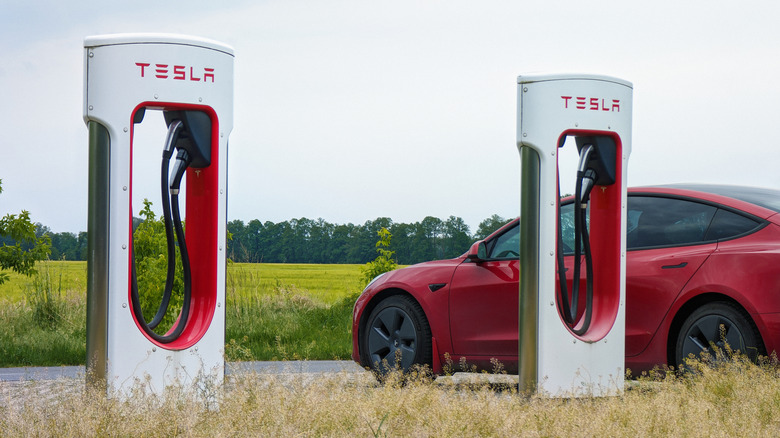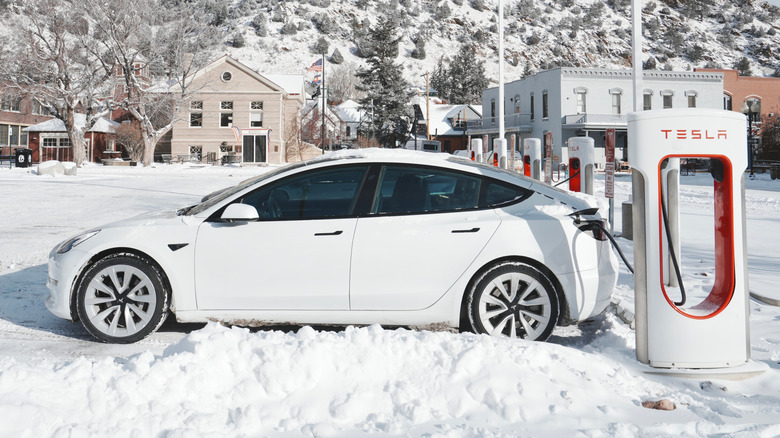Tesla Owners Are Losing More Range Than Expected – Here's What They Say
According to the 2023 Tesla Impact Report, batteries in the Model 3 and the Model Y lose about 15% of capacity after 200,000 miles. During the same time, the Model S and the Model X are reported to loose 12%. This means that the standard range Model 3, with its EPA-estimated 321 miles of range, is supposed to lose approximatelly 48 miles of range after 200,000 miles. However, it seems that some Tesla owners are losing more range than expected. Here's what they say.
A YouTube video by What's Inside? Family shows a seven-year-old Tesla Model X that lost 32% of its range after 105,000 miles. Tesla Model Y owners have also noted average battery losses of 4 to 17% over 15,000 to 105,000 miles, with one owner on the Tesla Motors Club Forum reporting a 10% loss on the Model Y Performance after just 52,000 miles/one year. Moreover, most Tesla Model 3 owners reported a more modest initial loss — around 1% to 5% after the first 10,000 to 20,000 miles.
However, with 45,000 to 100,000 miles on the odometer, the loss is typically somewhere between 6% and 12%. This is exactly what one Reddit user reported — a 12% battery degradation on a Model 3 at exactly 100,000 miles. This is almost twice the amount Tesla advertised. Ultimately, knowing how to properly maintain your EV battery is crucial to squeeze the most out of it. Here is everything you need to know on how to do exactly that.
EV battery degradation explained
The degradation of a Tesla battery is caused by natural chemical aging and repeated cycles of discharging. A battery is comprised of thousands of small cells made out of lithium. When charging and discharging these cells continuously, tiny changes happen within the chemical structure. This slowly reduces the energy a cell can store and thus reduces the maximum range over time. This is why being able to verify a used EVs battery health before buying it is essential.
A 2025 study on 10,000 electric vehicles by Geotab suggests that, on a yearly average, EV batteries degrade 1.8%. Battery degradation also has lots to do with the mileage. For instance, according to an AVILOO analysis of more than 7,000 EVs, most of them managed to retain more than 80% of their battery capacity after reaching 186,000 miles. This analysis has also shown that the degradation has a much steeper curve in the initial stage (up to 20,000 miles) but becomes near linear after that. These findings roughly align with what Tesla says, but it does not explain why some owners lose more than that.
Why some Teslas lose battery health faster (and how to avoid it)
There are a few reasons why some are bound to lose more, starting with environmental factors such as very hot or very cold temperatures. Such extremes strain the cells, accelerate discharge cycles, and can even affect long-term cell health. Moreover, cars that are driven more aggressively and are often towing heavier loads will also accumulate more wear on the battery and that could shorten its lifespan.
Older software versions or associated glitches can also manage battery health differently, and thus affect the overall degradation. There are ways how one can maximize the overall capacity of a battery while making sure the battery degradation is as small as it can be. First of all, keep your Tesla plugged in when not in use as that will allow the system to keep the battery at an optimum charge level.
It's also highly advisable to avoid deep battery discharges as that can cause damage to the battery. Tesla also recommends charging by up to 80-90% in daily use, only reaching 100% when planning a long trip. Lastly, prioritizing slower AC chargers over rapid DC charging is one of the most essential EV maintenance tips since cumulative high kW charge cycles can negatively affect long-term battery health.


